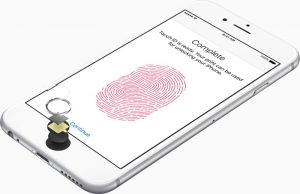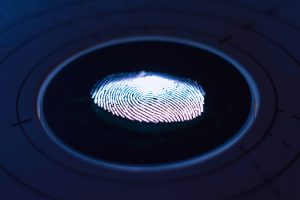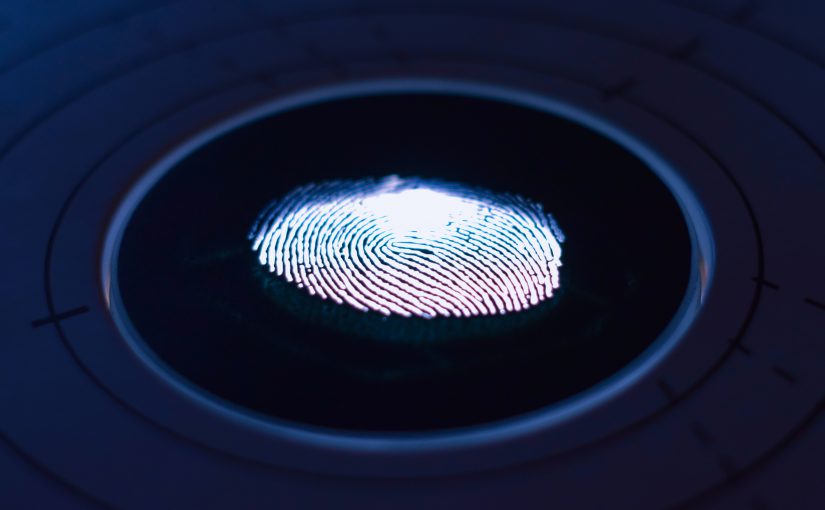The Fingerprint recognition module is widely used in intelligent portable devices because of its fast, safe, convenient, and other advantages. However, due to the small area of the fingerprint module and complex application environment, it requires high identification sensitivity and speed, which also puts forward very high requirements for fingerprint identification chips and surface protection materials.
At present, there are two commonly used fingerprint identification schemes: pressing on the front of the sapphire cover and coating on the back.

Cost and Performance
In terms of cost and performance, sapphire has high hardness and corrosion resistance, but it has some weaknesses such as high cost and weak anti-falling ability, while the coated back fingerprint recognition scheme has the disadvantages of easy wear and sweat corrosion due to the low hardness of the coating.
Operation
In terms of operation, the two schemes have their own merits. The back fingerprint identification is convenient only for holding the index finger of the hand, while other fingers are inconvenient, and it can’t be used on a plane, it has to be picked up, too, which is not convenient in some special applications scenarios (such as driving). Meanwhile, the positive fingerprint is much smoother for the current hot fingerprint payment.

Appearance
In terms of appearance, the texture of backside fingerprint recognition is slightly poor, and it is easy to destroy the overall aesthetics of the backside putting fingerprints on the front not only makes the back of the phone more beautiful but also more in line with users’ habits and aesthetics.
Overall, a positive fingerprint is more popular with users, but it costs more. Many years of research have proved that zirconia ceramic cover products can be used for positive pressure fingerprint identification schemes.
The ceramic cover is zirconia ceramic (ZrO2), also known as the zirconium gem. It has superior hardness, toughness, insulation, heat conduction, and other advantages, showing abrasion resistance, fall resistance, corrosion resistance, high-temperature resistance, and other excellent characteristics, which is very suitable for pressing fingerprint identification module cover.
Zirconia ceramic is a cost-effective alternative to sapphire, and the zirconia product has been used in many well-known brands of mobile phones, which has the following advantages.
High hardness
The hardness of zirconia ceramics is 8.5 and that of single crystal alumina (sapphire) is 9, so they are quite similar in wear and scratch resistance.
High permittivity
The permittivity of zirconia is 32-35, which is three times that of sapphire, while all other materials are within 10. This characteristic is beneficial to improve the capacitance difference between the high and low levels of fingerprint identification module, so that fingerprint identification is more sensitive, the success rate is higher, and the speed is faster.
Thin in thickness
At present, the thinnest mass production thickness is as low as 0.1mm under the protection of falling strength of the zirconia protective layer, which is easier to identify than the thinnest sapphire cover with a thickness of 0.3mm. If the thickness is the same as that of sapphire, the strength and fall resistance of zirconia protective coating will be significantly better than that of sapphire.
Good processability
Zirconia ceramics are directly prepared by casting, polishing, and other ceramic processes. Its process is simple and its shape is easy to process, so it costs less than sapphire.
Please visit http://www.samaterials.com for more information.
